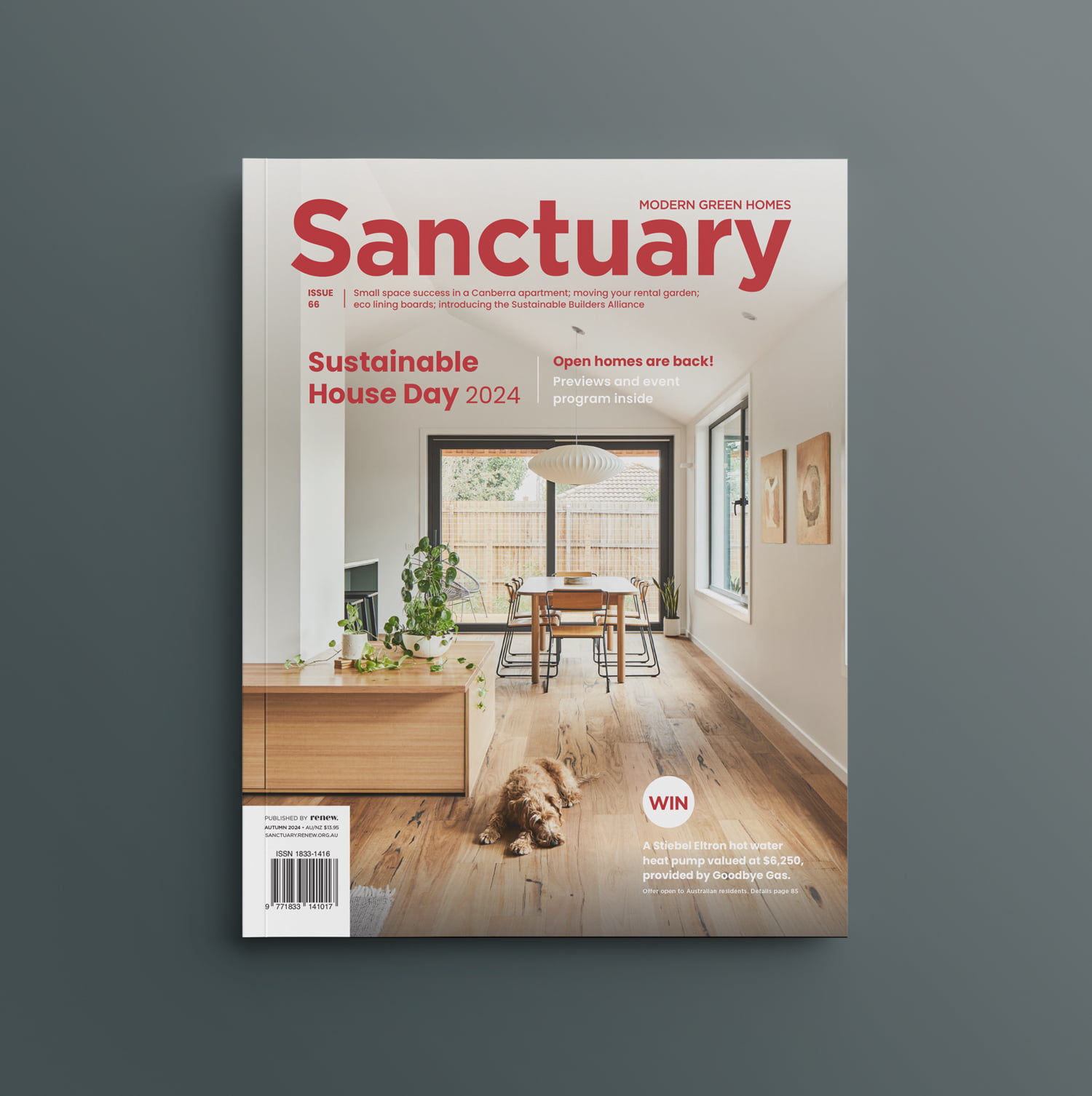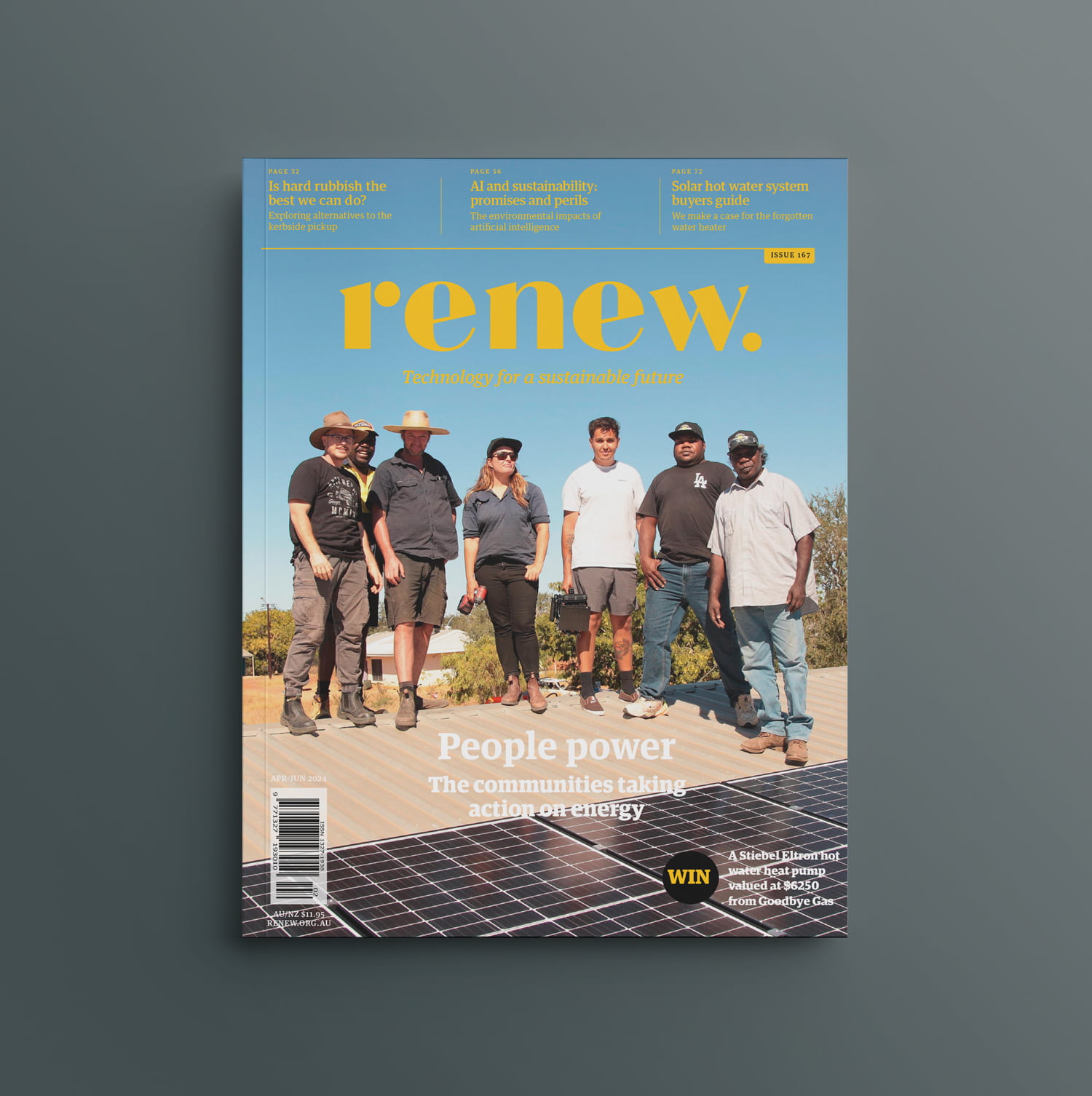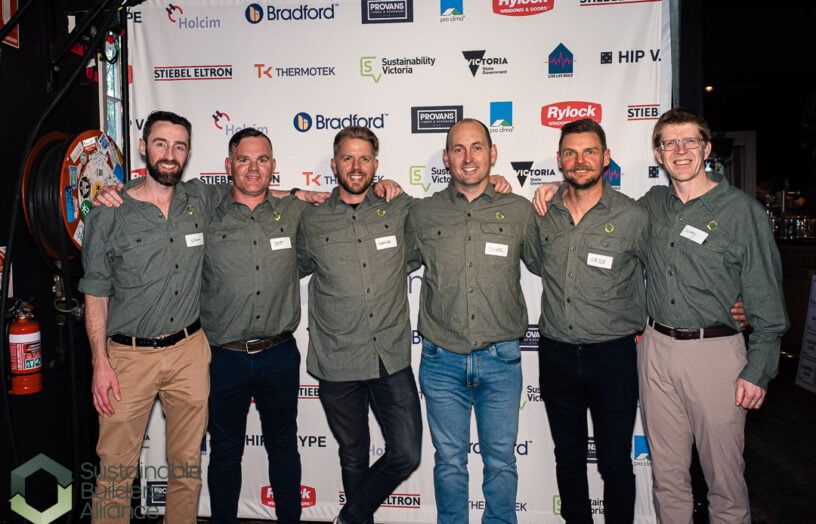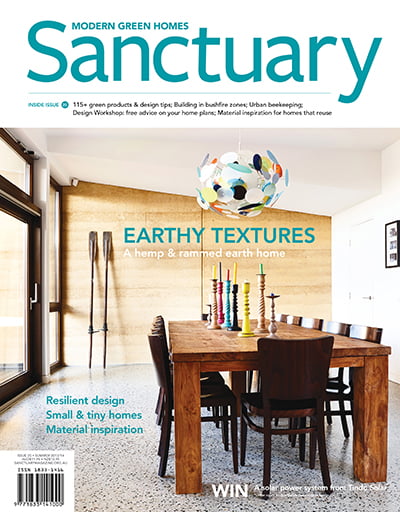Ask our experts: Choosing tiles
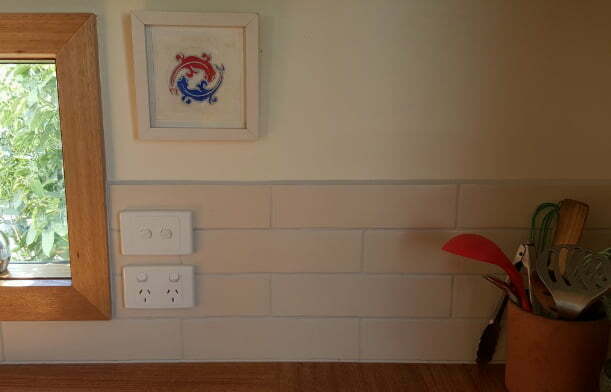
Melissa Wittig helps a reader with a question on the tricky subject of sustainable tiling.
Q – I’m extensively renovating my Melbourne home and it looks like we’ll need to tile a small area in our bathroom. From an environmental perspective, what are the best tiles to choose? Is it better to prioritise recycled content over local manufacture? Or should I avoid tiles altogether? If so, what alternative product could I use?
A – The environmental issues and credentials associated with tiles are complex, ranging from the availability and sourcing of raw materials to responsible, clean, efficient manufacturing, transportation and their recycling potential. It’s also worth considering that life cycle assessments do not always consider the health credentials of a material.
A significant environmental attribute of tiles as a resource is that quality tiles can last 50 to 100 years. They are an extremely durable surface material with a long list of ‘green’ and ‘healthy home’ attributes. Their additional positive attributes include the fact that they are non-toxic, flame and fire resistant, inert and non-emitting, chemical resistant (in most cases), insect resistant, moisture resistant and mould and fungal resistant.
There is no one tile product that ticks all the boxes environmentally. A report by Scharf-Godfrey in 2005 commissioned by the Tile Council of North America found that ceramic tile was found to be the most cost-effective compared with other floor finishes over the life of a building. Ceramic tile is more environmentally friendly than stone, primarily in the areas of material extraction, production integrity and maintenance.
As there is currently only one major tile manufacturer in Australia, the majority of tile product is imported. At this time, there are two tile certifications that recognise multi-attribute sustainability. For tile manufactured in the United States, there is greensquaredcertified.com, and for tile manufactured in Europe, there is ecolabel.eu.
While recycled content sounds environmentally friendly this does not always equate to low environmental impact. Issues such as where the recycled content has been transported from and additional energy and/or the chemicals required to process it should also be considered.
From the perspective of resource longevity, tiles are a great material option for the bathroom. Style selection is therefore particularly important. Avoid trends and opt for tile styles that are timeless so they are enjoyed for as long as possible.
– Melissa
Related articles
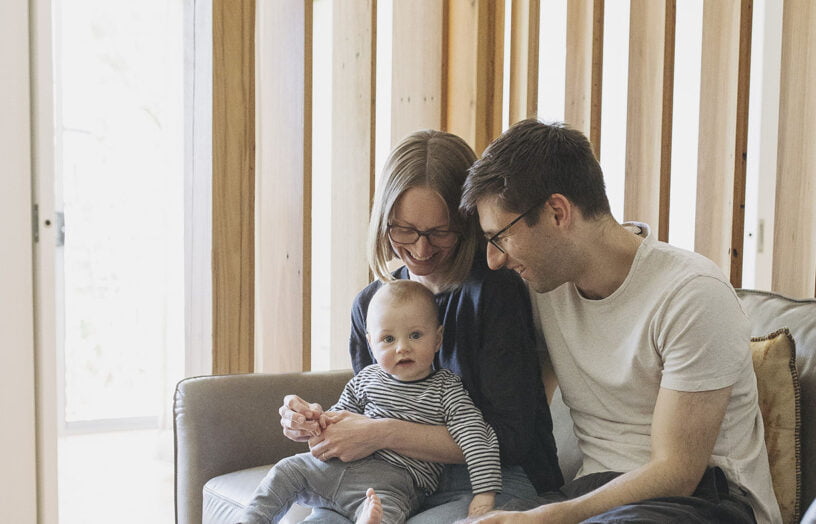 Design workshop
Design workshop
Design workshop revisited: Small space success
With some small but important changes to the internal layout based on our expert’s advice, this expanding young Canberra family is getting more out of their diminutive apartment.
Read more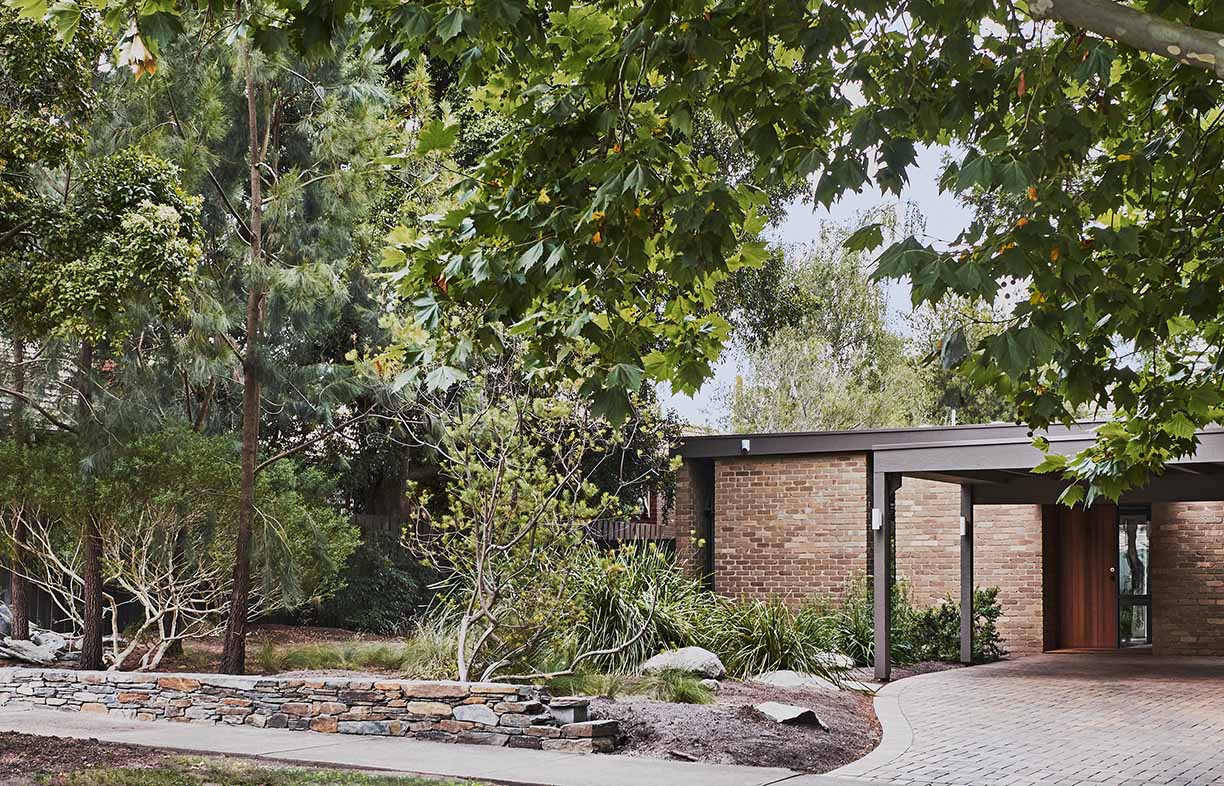 Ideas & Advice
Ideas & Advice
Energy efficiency front and centre: A renovation case study
Rather than starting again, this Melbourne couple opted for a comprehensive renovation of their well laid out but inefficient home, achieving huge energy savings and much improved comfort.
Read more